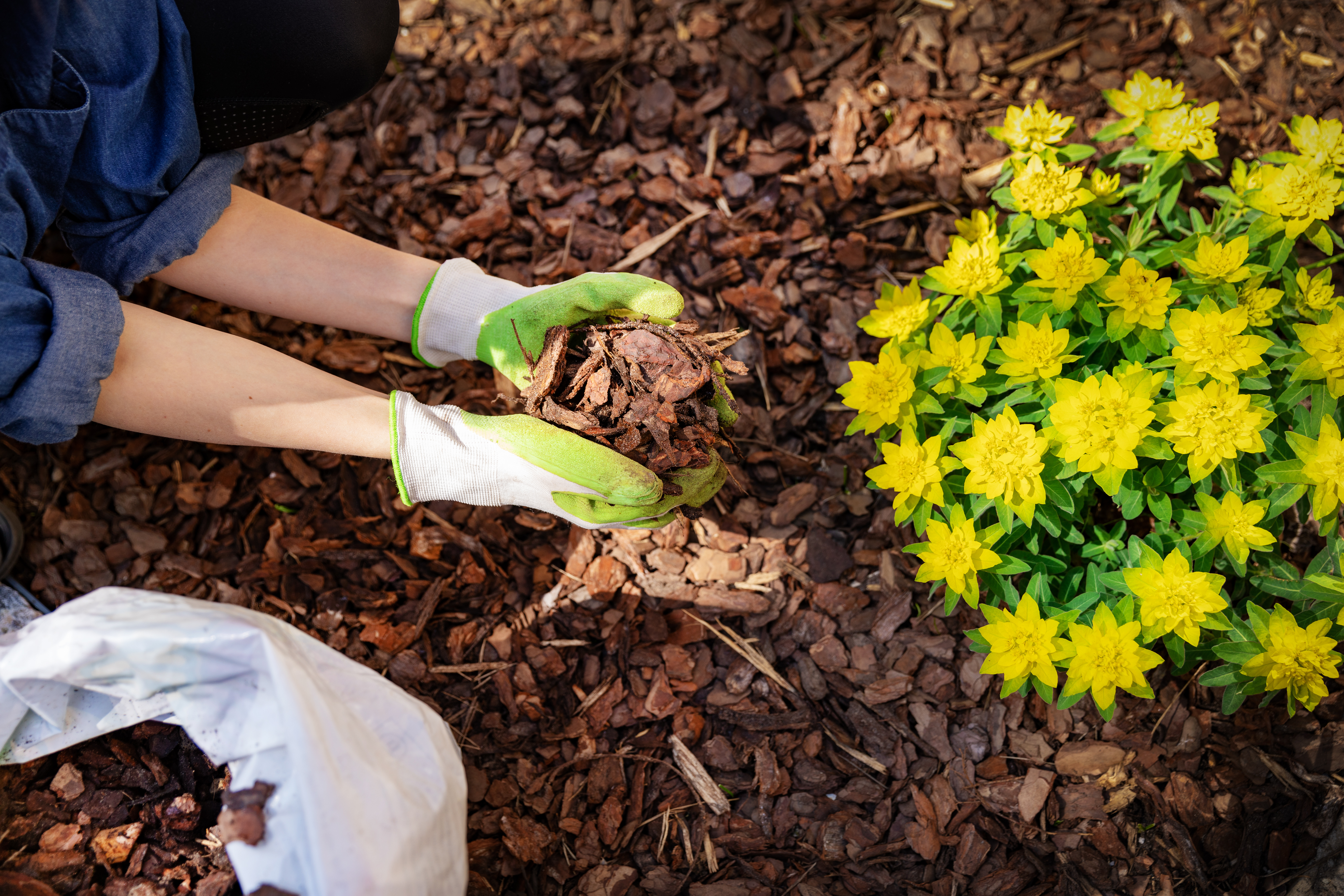
Get matched with top mulch and topsoil pros in Georgetown, ID
Enter your ZIP and get matched with up to 5 pros
Need a pro for your mulch and topsoil service project in Georgetown, ID?
Verified Reviews for Mulch And Topsoil Service pros in Georgetown, ID
*The Angi rating for Mulch And Topsoil Service companies in Georgetown, ID is a rating based on verified reviews from our community of homeowners who have used these pros to meet their Mulch And Topsoil Service needs.
*The HomeAdvisor rating for Mulch And Topsoil Service companies in Georgetown, ID is a rating based on verified reviews from our community of homeowners who have used these pros to meet their Mulch And Topsoil Service needs.
Last update on December 11, 2025
Find Mulch and topsoil pros in Georgetown
SUNRISE NURSERY LLC
SUNRISE NURSERY LLC
Full Service Nursery & Garden Center. Seasonal Employment from 2-15. We accept Cash, Debit or Credit Cards and provide "Open Accounts" for qualified customers.
Full Service Nursery & Garden Center. Seasonal Employment from 2-15. We accept Cash, Debit or Credit Cards and provide "Open Accounts" for qualified customers.
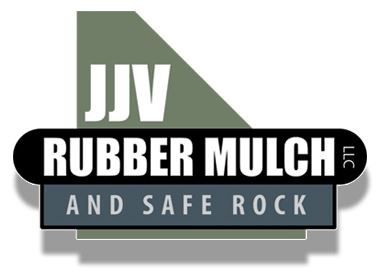
JJV Rubber Mulch and Safe Rock LLC
JJV Rubber Mulch and Safe Rock LLC
JJV Rubber Mulch and Safe Rock, stands poised and proud by providing rubber mulch products that utilizes NON-TIRE recycled rubber in the production process. JJV Rubber Mulch continues to offer a safe and clean alternative.
JJV Rubber Mulch and Safe Rock, stands poised and proud by providing rubber mulch products that utilizes NON-TIRE recycled rubber in the production process. JJV Rubber Mulch continues to offer a safe and clean alternative.
GISIN LANDSCAPE & DESIGN
GISIN LANDSCAPE & DESIGN
We accept credit cards in the office or on the job site Landscape/Sprinkler plans
We accept credit cards in the office or on the job site Landscape/Sprinkler plans
The Georgetown, ID homeowners’ guide to mulch and topsoil services
From average costs to expert advice, get all the answers you need to get your job done.
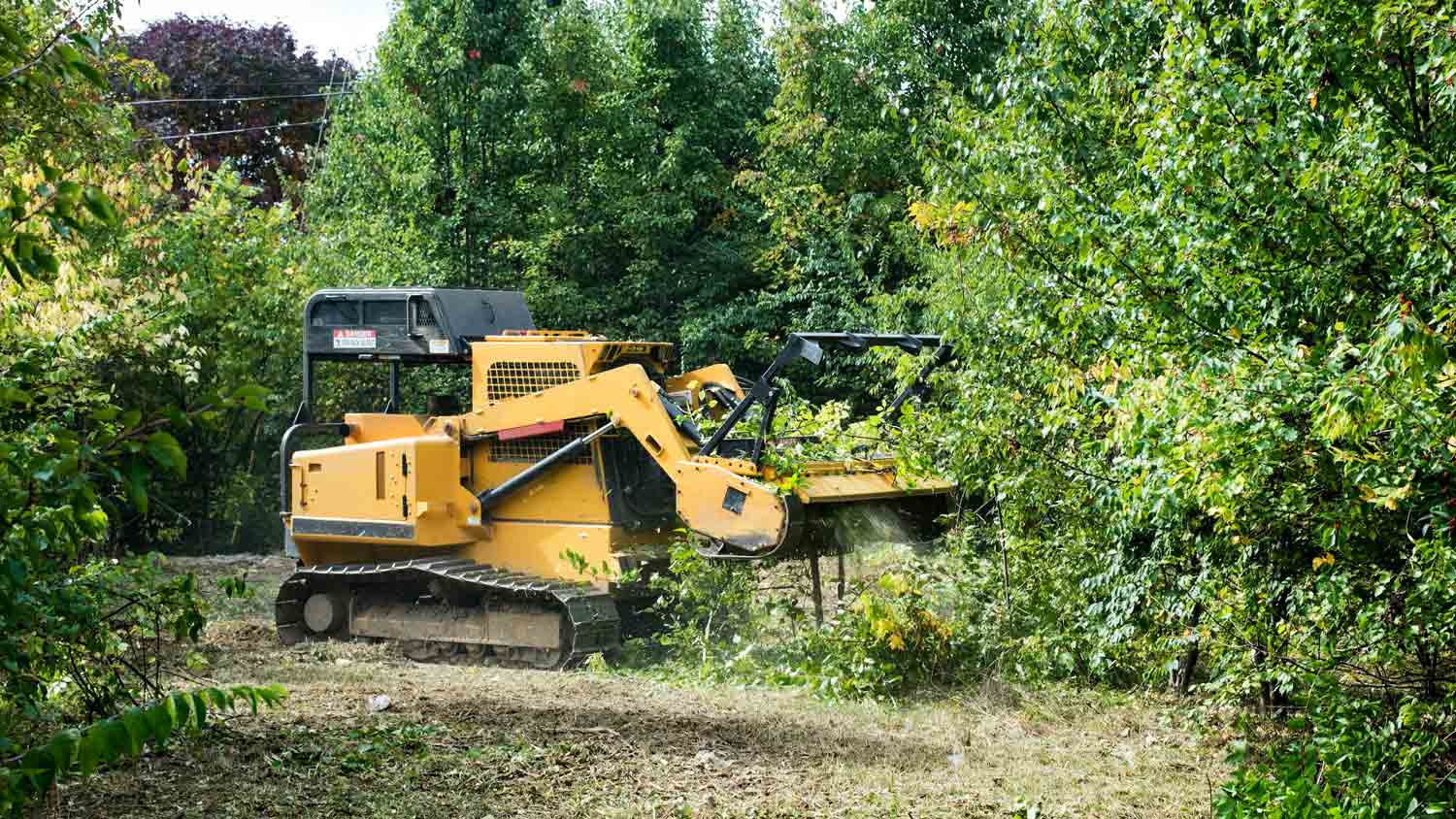 •
•Discover the average forestry mulching cost, including per-acre and hourly rates, plus key factors that impact your total price. Get expert tips to save on your project.
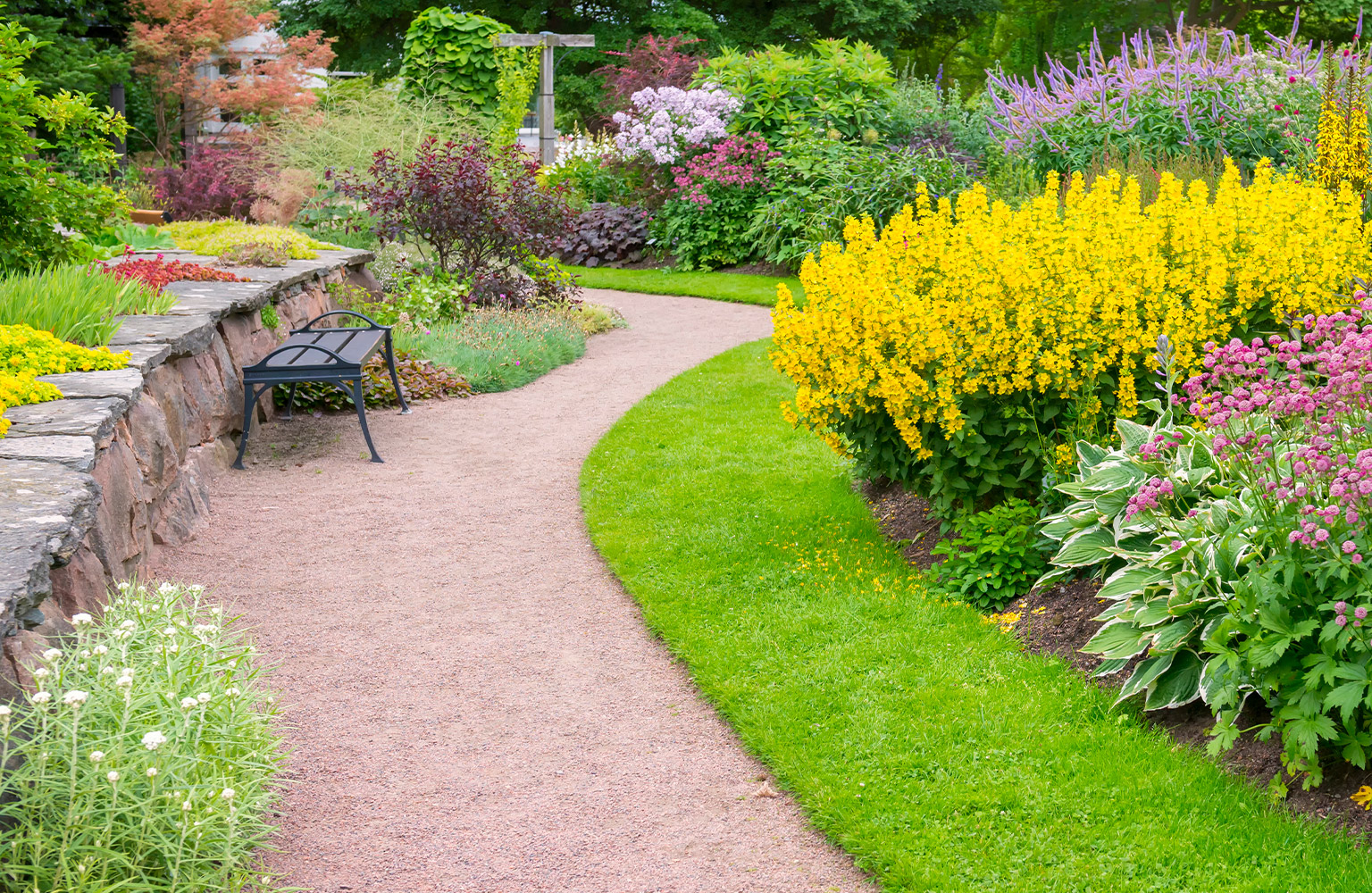 •
•Discover the average sand delivery cost, key price factors, and tips to save on your next project. Get transparent, up-to-date estimates for sand delivery.
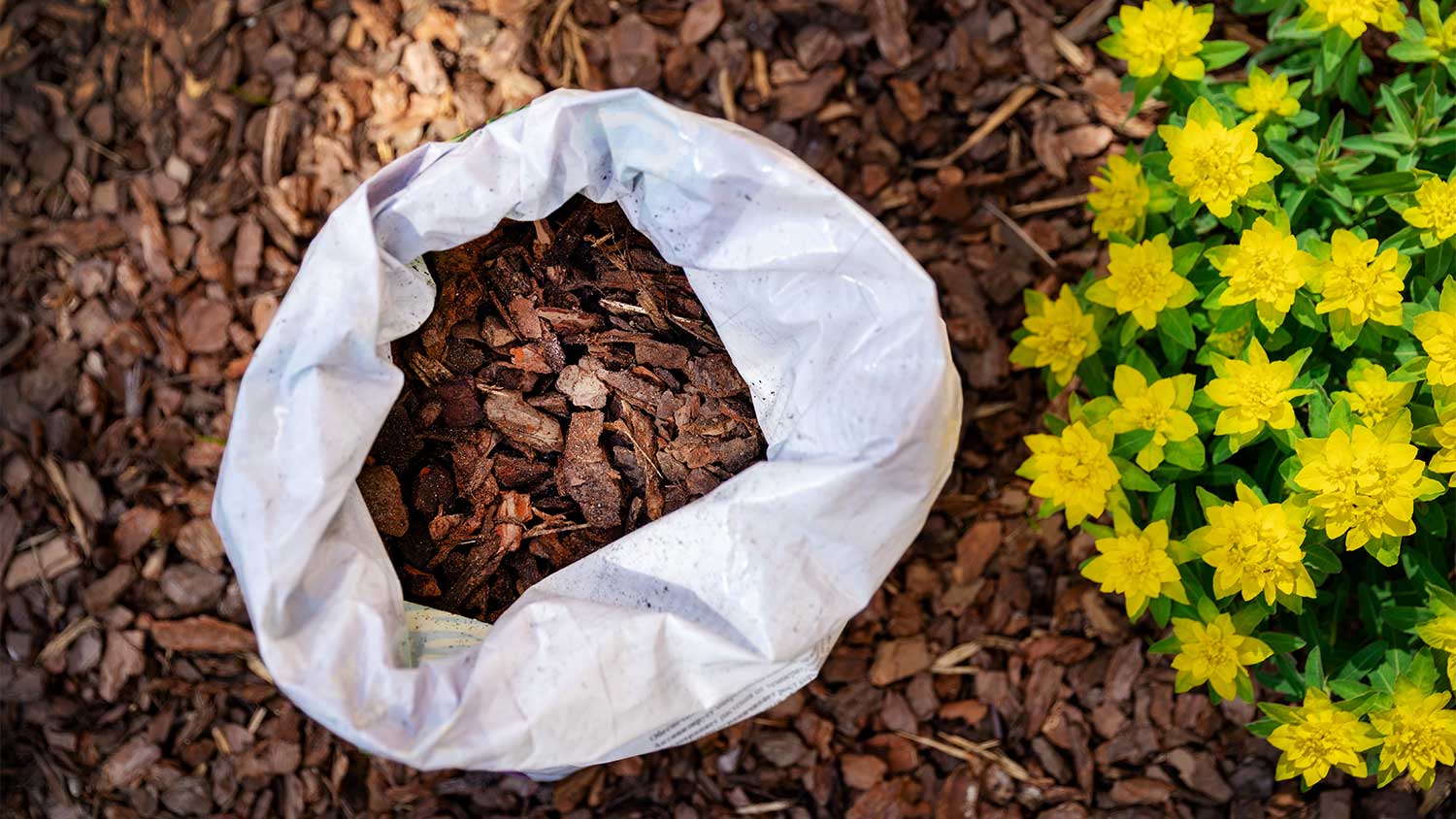 •
•Find out the average mulch delivery and installation cost, plus key factors that impact your price. Learn how to budget, compare options, and save on your landscaping project.

Explore a guide to mulch versus rock landscaping. Uncover the pros, cons, costs, and more to shape a garden mirroring your style and landscaping needs.

Looking to add curb appeal to your home and protect your garden beds by laying down mulch? Find out how many bags of mulch you need to get the job done.

Tired of your traditional, woody mulch and ready to try something new? We got you! Get 11 mulch alternatives to choose from here.
- Chesterfield, ID Mulch and topsoil pros
- Lava Hot Springs, ID Mulch and topsoil pros
- Franklin, ID Mulch and topsoil pros
- Downey, ID Mulch and topsoil pros
- Dayton, ID Mulch and topsoil pros
- Mccammon, ID Mulch and topsoil pros
- Lewiston, UT Mulch and topsoil pros
- Richmond, UT Mulch and topsoil pros
- Weston, ID Mulch and topsoil pros
- Inkom, ID Mulch and topsoil pros
- Smithfield, UT Mulch and topsoil pros
- Clarkston, UT Mulch and topsoil pros
- Hyde Park, UT Mulch and topsoil pros
- Newton, UT Mulch and topsoil pros
- North Logan, UT Mulch and topsoil pros
- River Heights, UT Mulch and topsoil pros
- Nibley, UT Mulch and topsoil pros
- Logan, UT Mulch and topsoil pros
- Driveways in Georgetown
- Tree Service in Georgetown
- Pest Control in Georgetown
- Roofing in Georgetown
- Cabinet Makers in Georgetown
- Insulation in Georgetown
- Plumbing in Georgetown
- Roofing in Georgetown
- Tree Service in Georgetown
- Kitchen And Bath Remodeling in Georgetown
- Electrical in Georgetown
- Fencing in Georgetown
- Flooring in Georgetown
- Concrete Repair in Georgetown
- Pest Control in Georgetown
- Exterior Painting in Georgetown
- Siding in Georgetown
- Home Builders in Georgetown
- Garage Doors in Georgetown
- Windows in Georgetown
- Septic Tank in Georgetown
- Foundation Repair in Georgetown
- Lawn Irrigation in Georgetown
- Excavating in Georgetown
- Insulation in Georgetown
- Handyman Service in Georgetown
- Concrete Driveways in Georgetown
- Leaf Removal in Georgetown
- Garbage Collection in Georgetown
- Epoxy Flooring in Georgetown
- 🌱 "Mow a small front yard"
- 🛠 "Fix a leaking pipe under the sink"
- 🏠 "Repair shingles on an asphalt roof"




